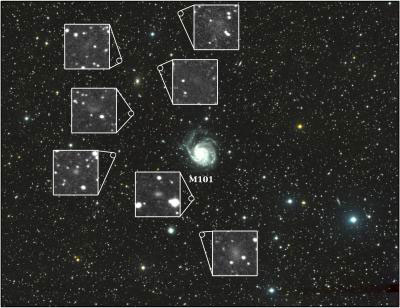 Meet the seven new dwarf galaxies. Yale University astronomers, using a new type of telescope made by stitching together telephoto lenses, recently discovered seven celestial surprises while probing a nearby spiral galaxy. The previously unseen galaxies may yield important insights into dark matter and galaxy evolution, while possibly signaling the discovery of a new class of objects in space.
Meet the seven new dwarf galaxies. Yale University astronomers, using a new type of telescope made by stitching together telephoto lenses, recently discovered seven celestial surprises while probing a nearby spiral galaxy. The previously unseen galaxies may yield important insights into dark matter and galaxy evolution, while possibly signaling the discovery of a new class of objects in space.
Jul 11th, 2014
Read more
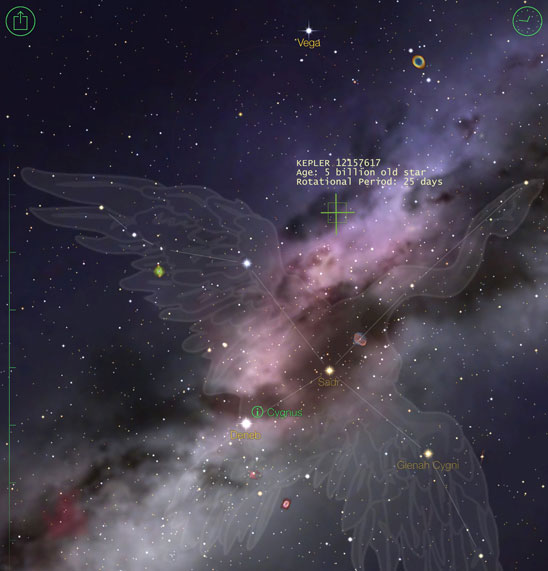 A new technique for measuring the age of a star using its spin - gyrochronology - is coming into its own. Today astronomers are presenting the gyrochronological ages of 22 sun-like stars. Before this, only two sun-like stars had measured spins and ages.
A new technique for measuring the age of a star using its spin - gyrochronology - is coming into its own. Today astronomers are presenting the gyrochronological ages of 22 sun-like stars. Before this, only two sun-like stars had measured spins and ages.
Jul 10th, 2014
Read more
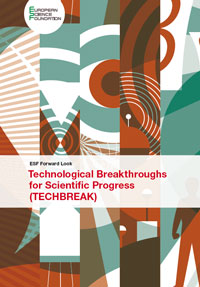 The European Science Foundation (ESF) has released a new report on 'technological breakthroughs for scientific progress'. While the sector is known to be a key driver of society-benefiting innovation, both ESF and the European Space Agency are banking on part of its future lying in non-space technologies.
The European Science Foundation (ESF) has released a new report on 'technological breakthroughs for scientific progress'. While the sector is known to be a key driver of society-benefiting innovation, both ESF and the European Space Agency are banking on part of its future lying in non-space technologies.
Jul 10th, 2014
Read more
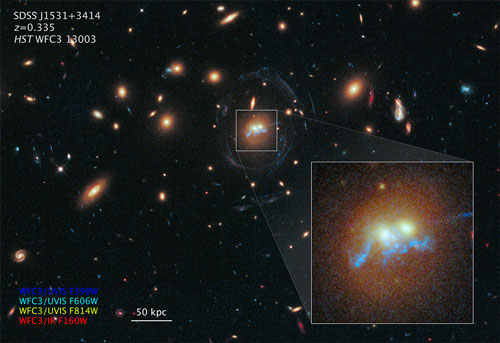 The Hubble Space Telescope has photographed an unusual structure 100,000 light years long, which resembles a corkscrew-shaped string of pearls and winds around the cores of two colliding galaxies.
The Hubble Space Telescope has photographed an unusual structure 100,000 light years long, which resembles a corkscrew-shaped string of pearls and winds around the cores of two colliding galaxies.
Jul 10th, 2014
Read more
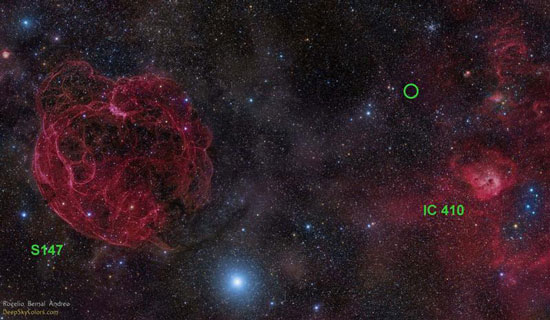 The discovery of a split-second burst of radio waves using the Arecibo radio telescope in Puerto Rico provides important new evidence of mysterious pulses that appear to come from deep in outer space.
The discovery of a split-second burst of radio waves using the Arecibo radio telescope in Puerto Rico provides important new evidence of mysterious pulses that appear to come from deep in outer space.
Jul 10th, 2014
Read more
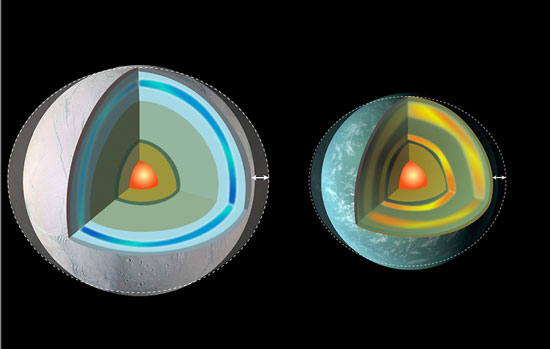 As anybody who has started a campfire by rubbing sticks knows, friction generates heat. Now, computer modeling by NASA scientists shows that friction could be the key to survival for some distant Earth-sized planets traveling in dangerous orbits.
As anybody who has started a campfire by rubbing sticks knows, friction generates heat. Now, computer modeling by NASA scientists shows that friction could be the key to survival for some distant Earth-sized planets traveling in dangerous orbits.
Jul 10th, 2014
Read more
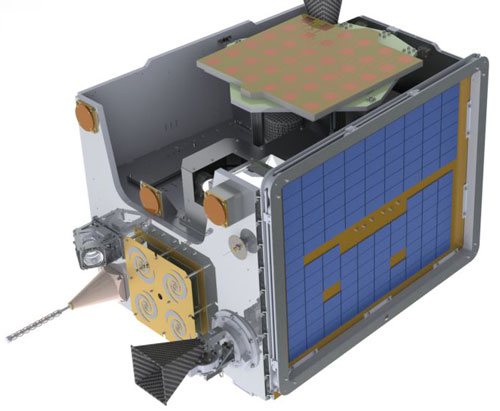 Technology that can create thermal maps of asteroids, giving us vital information about how their trajectories might change, is about to undergo trials in space.
Technology that can create thermal maps of asteroids, giving us vital information about how their trajectories might change, is about to undergo trials in space.
Jul 10th, 2014
Read more
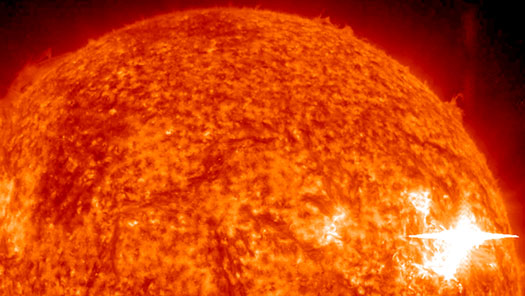 Understanding the sun from afar isn't easy. NASA's MESSENGER spacecraft - which orbits Mercury, and so is as close as 28 million miles from the sun versus Earth's 93 million miles - is near enough to the sun to detect solar neutrons that are created in solar flares.
Understanding the sun from afar isn't easy. NASA's MESSENGER spacecraft - which orbits Mercury, and so is as close as 28 million miles from the sun versus Earth's 93 million miles - is near enough to the sun to detect solar neutrons that are created in solar flares.
Jul 9th, 2014
Read more
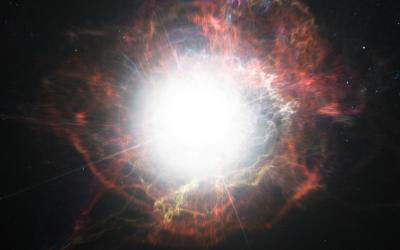 A group of astronomers has been able to follow stardust being made in real time - during the aftermath of a supernova explosion.
A group of astronomers has been able to follow stardust being made in real time - during the aftermath of a supernova explosion.
Jul 9th, 2014
Read more
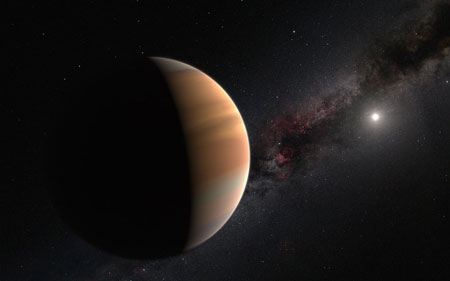 For the first time, in response to the public's increased interest in being part of discoveries in astronomy, the International Astronomical Union (IAU) is organizing a worldwide contest to give popular names to selected exoplanets along with their host stars.
For the first time, in response to the public's increased interest in being part of discoveries in astronomy, the International Astronomical Union (IAU) is organizing a worldwide contest to give popular names to selected exoplanets along with their host stars.
Jul 9th, 2014
Read more
Researchers engineered a new technology that can detect very long wavelength infrared light.
Jul 9th, 2014
Read more
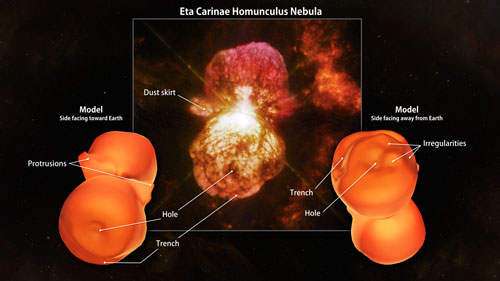 In the middle of the 19th century, the massive binary system Eta Carinae underwent an eruption that ejected at least 10 times the sun's mass and made it the second-brightest star in the sky. Now, a team of astronomers has used extensive new observations to create the first high-resolution 3-D model of the expanding cloud produced by this outburst.
In the middle of the 19th century, the massive binary system Eta Carinae underwent an eruption that ejected at least 10 times the sun's mass and made it the second-brightest star in the sky. Now, a team of astronomers has used extensive new observations to create the first high-resolution 3-D model of the expanding cloud produced by this outburst.
Jul 9th, 2014
Read more
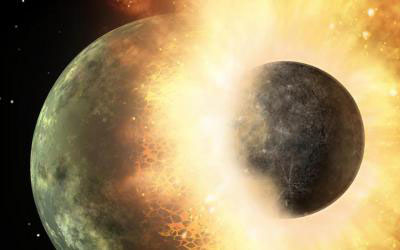 New simulations show that Mercury and other unusually metal-rich objects in the solar system may be relics left behind by hit-and-run collisions in the early solar system.
New simulations show that Mercury and other unusually metal-rich objects in the solar system may be relics left behind by hit-and-run collisions in the early solar system.
Jul 8th, 2014
Read more
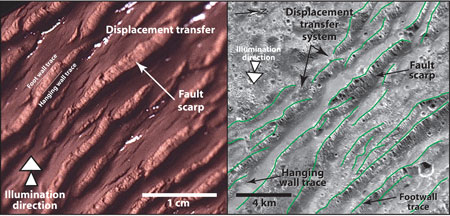 Processes that shaped the ridges and troughs on the surface of Jupiter's icy moon Ganymede are likely similar to tectonic processes seen on Earth, according to a team of researchers led by Southwest Research Institute. To arrive at this conclusion, the team subjected physical models made of clay to stretching forces that simulate tectonic action.
Processes that shaped the ridges and troughs on the surface of Jupiter's icy moon Ganymede are likely similar to tectonic processes seen on Earth, according to a team of researchers led by Southwest Research Institute. To arrive at this conclusion, the team subjected physical models made of clay to stretching forces that simulate tectonic action.
Jul 8th, 2014
Read more
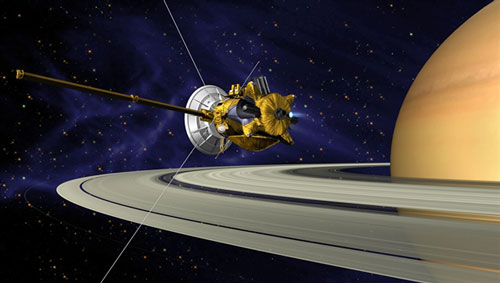 This Methuselah among space explorers, designed to explore celestial bodies in the far reaches of the Solar System, has been circling Saturn for 10 years.
This Methuselah among space explorers, designed to explore celestial bodies in the far reaches of the Solar System, has been circling Saturn for 10 years.
Jul 8th, 2014
Read more
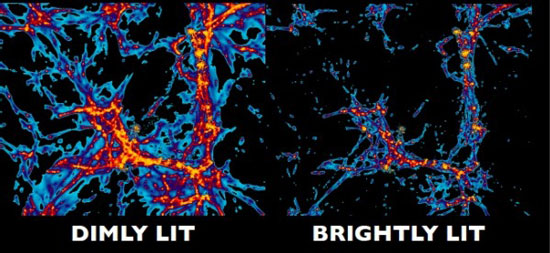 Something is amiss in the Universe. There appears to be an enormous deficit of ultraviolet light in the cosmic budget. The vast reaches of empty space between galaxies are bridged by tendrils of hydrogen and helium, which can be used as a precise 'light meter.' In a recent study a team of scientists finds that the light from known populations of galaxies and quasars is not nearly enough to explain observations of intergalactic hydrogen. The difference is a stunning 400 percent.
Something is amiss in the Universe. There appears to be an enormous deficit of ultraviolet light in the cosmic budget. The vast reaches of empty space between galaxies are bridged by tendrils of hydrogen and helium, which can be used as a precise 'light meter.' In a recent study a team of scientists finds that the light from known populations of galaxies and quasars is not nearly enough to explain observations of intergalactic hydrogen. The difference is a stunning 400 percent.
Jul 8th, 2014
Read more
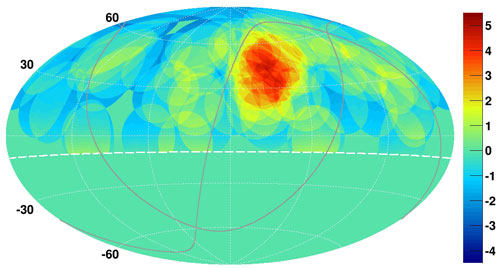 An observatory found a 'hotspot' beneath the Big Dipper emitting a disproportionate number of the highest-energy cosmic rays. The discovery moves physics another step toward identifying the mysterious sources of the most energetic particles in the universe.
An observatory found a 'hotspot' beneath the Big Dipper emitting a disproportionate number of the highest-energy cosmic rays. The discovery moves physics another step toward identifying the mysterious sources of the most energetic particles in the universe.
Jul 8th, 2014
Read more
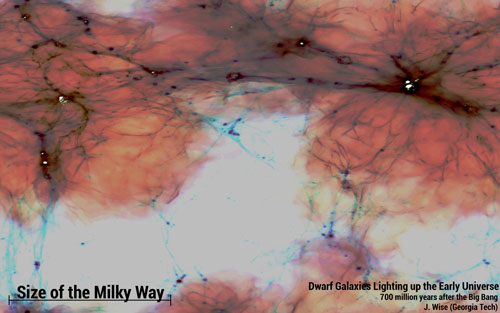 Light from tiny galaxies over 13 billion years ago played a larger role than previously thought in creating the conditions in the universe as we know it today, a new study has found.
Light from tiny galaxies over 13 billion years ago played a larger role than previously thought in creating the conditions in the universe as we know it today, a new study has found.
Jul 7th, 2014
Read more
 Meet the seven new dwarf galaxies. Yale University astronomers, using a new type of telescope made by stitching together telephoto lenses, recently discovered seven celestial surprises while probing a nearby spiral galaxy. The previously unseen galaxies may yield important insights into dark matter and galaxy evolution, while possibly signaling the discovery of a new class of objects in space.
Meet the seven new dwarf galaxies. Yale University astronomers, using a new type of telescope made by stitching together telephoto lenses, recently discovered seven celestial surprises while probing a nearby spiral galaxy. The previously unseen galaxies may yield important insights into dark matter and galaxy evolution, while possibly signaling the discovery of a new class of objects in space.
 Subscribe to our Space Exploration News feed
Subscribe to our Space Exploration News feed














